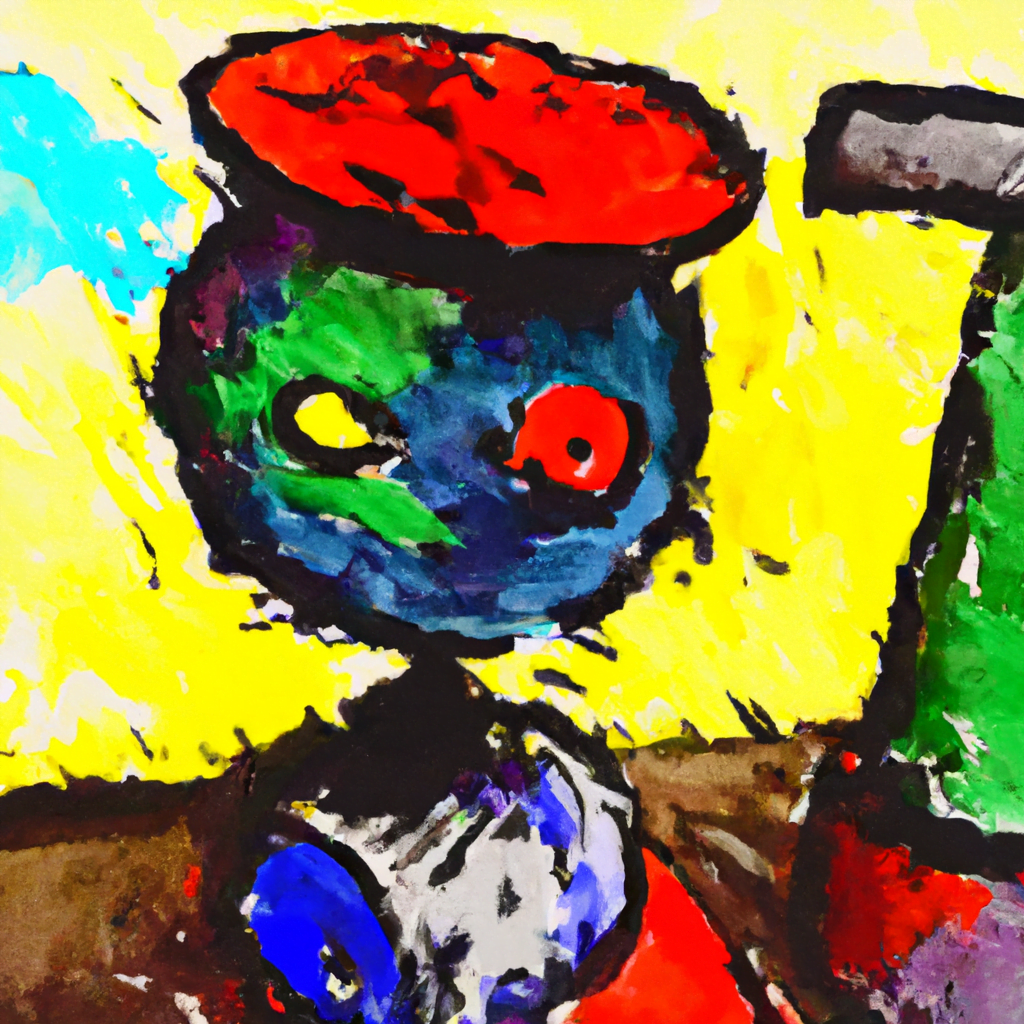
The Role of Illustration in Branding and Identity Design

Branding and identity design play a crucial role in establishing a strong and recognizable presence for businesses and organizations. While elements such as logos, typography, and color schemes are commonly associated with branding, illustration is often overlooked as a powerful tool in creating a unique and memorable brand identity. In this article, we will explore the role of illustration in branding and identity design, examining its benefits, best practices, and real-world examples.
1. The Power of Visual Communication
Visual communication is a fundamental aspect of human interaction. Studies have shown that people process visual information faster and retain it longer compared to text-based information. This makes illustrations an effective means of conveying complex ideas and emotions in a concise and engaging manner.
When it comes to branding and identity design, illustrations can help businesses communicate their values, personality, and unique selling points. By using visual metaphors and storytelling techniques, illustrations can evoke emotions, create a sense of connection, and leave a lasting impression on the audience.
2. Enhancing Brand Personality
Every brand has its own personality, which is often defined by its target audience, values, and positioning. Illustrations can play a significant role in enhancing and expressing this personality, making it more relatable and appealing to the target market.
For example, a brand targeting children may use playful and colorful illustrations to create a friendly and approachable image. On the other hand, a luxury brand may opt for elegant and sophisticated illustrations to convey a sense of exclusivity and refinement.
Illustrations can also help brands establish a consistent visual language across different touchpoints, such as websites, packaging, and social media. This consistency reinforces brand recognition and strengthens the overall brand identity.
3. Differentiating from Competitors
In today’s crowded marketplace, standing out from the competition is essential for success. Illustrations offer a unique opportunity to differentiate a brand from its competitors by creating a distinct visual style and personality.
By using illustrations that are tailored to the brand’s target audience and values, businesses can create a memorable and recognizable identity that sets them apart. This differentiation can be particularly valuable in industries where products or services are similar, as it helps to create a perceived value and uniqueness.
For example, Mailchimp, an email marketing platform, uses a distinctive illustration style featuring quirky characters and vibrant colors. This playful and approachable visual language sets Mailchimp apart from its competitors and has become a recognizable element of their brand identity.
4. Storytelling and Emotional Connection
One of the most powerful aspects of illustration is its ability to tell stories and evoke emotions. By using illustrations to create narratives and convey messages, brands can establish a deeper connection with their audience.
For instance, Airbnb, a global hospitality brand, uses illustrations to tell stories about travel and adventure. These illustrations not only showcase the destinations but also evoke a sense of wanderlust and excitement, resonating with the brand’s target audience.
Illustrations can also be used to simplify complex concepts or processes, making them more accessible and engaging. By breaking down information into visual elements, brands can communicate their message more effectively and leave a lasting impact on their audience.
5. Case Studies: Illustration in Branding
Let’s explore a few real-world examples of how illustration has been successfully incorporated into branding and identity design:
5.1 Slack
Slack, a popular team collaboration platform, uses illustrations as a key element of their brand identity. Their illustrations feature a distinctive style with bold colors and geometric shapes, reflecting the brand’s modern and dynamic personality. These illustrations are used across various touchpoints, including their website, app interface, and marketing materials, creating a cohesive and visually appealing brand experience.
5.2 Dropbox
Dropbox, a cloud storage and file sharing service, uses illustrations to simplify complex concepts and showcase the benefits of their product. Their illustrations often depict scenarios where collaboration and productivity are enhanced by using Dropbox. By visually demonstrating the value of their service, Dropbox creates a compelling narrative that resonates with their target audience.
5.3 MailChimp
As mentioned earlier, Mailchimp is known for its playful and quirky illustrations. These illustrations are not only visually appealing but also help to humanize the brand and create a sense of approachability. By using illustrations consistently across their website, app, and marketing materials, Mailchimp has built a strong and recognizable brand identity.
6. Best Practices for Using Illustration in Branding
When incorporating illustrations into branding and identity design, it is important to follow some best practices to ensure their effectiveness:
- Understand the target audience: Illustrations should resonate with the brand’s target audience and reflect their preferences and values.
- Consistency: Use a consistent illustration style and visual language across different touchpoints to reinforce brand recognition.
- Simplicity: Keep illustrations simple and easy to understand to ensure effective communication.
- Relevance: Ensure that illustrations are relevant to the brand’s message and values, avoiding any confusion or misinterpretation.
- Collaboration: Work closely with illustrators or design teams to align the illustrations with the overall brand strategy and identity.
7. Conclusion
Illustration plays a vital role in branding and identity design, offering unique opportunities to communicate brand personality, differentiate from competitors, and establish emotional connections with the audience. By incorporating illustrations into their visual language, businesses can create a memorable and recognizable brand identity that resonates with their target market. When used effectively and in alignment with the brand’s values and target audience, illustrations can be a powerful tool in shaping the perception and success of a brand.
